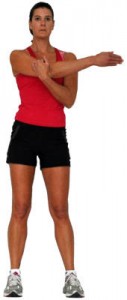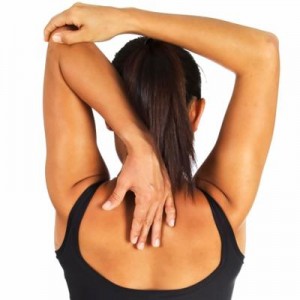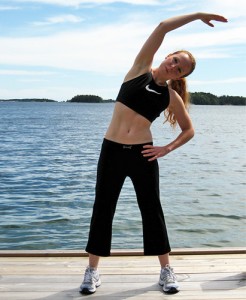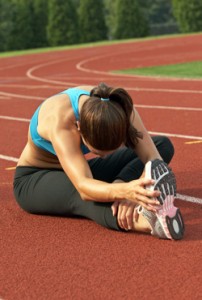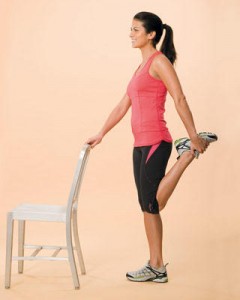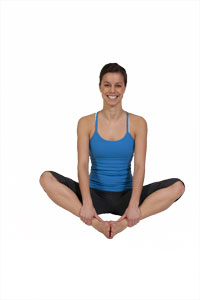PNF STRETCHING
Proprioceptive neuromuscular facilitation stretching is a technique that allows for and increase in active and passive range of motion (ROM) and is often used in rehabilitation to enhance motor performance. Active PNF stretching includes an isometric contraction of the muscle being focused on, and a contraction and shortening of the opposing muscle. An isometric contraction is a musclular contraction in which the target muscle does not contract while it is being stretched, but instead tension is developed. PNF stretching can be performed assisted by either a partner or equipment. PNF stretching is beneficial to both athletes and the general population because there are fast gains in ROM, which helps improve performance.
Examples of PNF Stretches
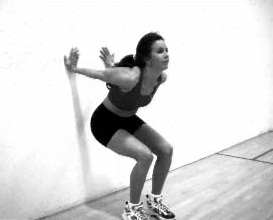 Wall biceps PNF stretch
Wall biceps PNF stretch
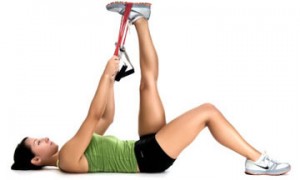 Lying hamstring PNF stretch
Lying hamstring PNF stretch
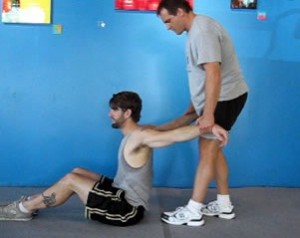 Assisted pectoral PNF stretch
Assisted pectoral PNF stretch
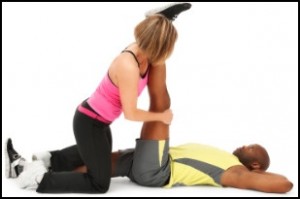 Assisted hamstring PNF stretch
Assisted hamstring PNF stretch
YOGA
Yoga is an excellent practice for a full body stretching routine.
Sample Program
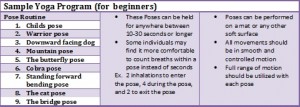
Images of Yoga Poses
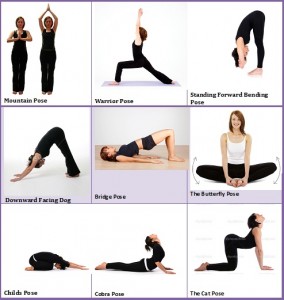
STATIC STRETCHING
Static stretching is a way to lengthen the target muscle while it is at rest. The muscle must be held in the elongated position for a minimum of 30 seconds and a maximum of 2 minutes to gain the benefits of the stretch. The elongated position is met when the target muscle is stretched until a mild discomfort is felt, and then held in this state for a minimum of 30 seconds. Static stretching should be performed while muscles are warmed up, either after a brief warm up or as a coold down technique post workout.
Chest Stretch
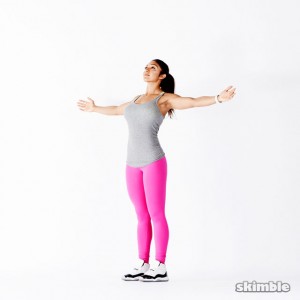
This stretch occurs while standing with legs shoulder-width apart. With arms out to sides parallel to the floor and hands facing forward, stretch the arms back as far as possible until there is a feeling of stretch across the chest
Shoulder Stretch
Place arm, while parallel with the ground, across the chest using the opposite arm as support and to ease stretching arm closer to the chest. After feeling stretch in one shoulder, switch and continue with the other arm.
Triceps Stretch
Place both arms above the head and slide one hand directly down the middle of the back. Opposite arm can be used to gently push and support the elbow to enhance stretch. Complete motion with both arms.
Side Stretching
Standing tall with feet slightly wider than shoulder width apart, bend the knees slightly and rest the arms loosely at sides. Bend in a slow and controlled motion to one side and then the other without leaning forwards or backwards.
Hamstring Stretching
Sitting on the ground with legs straight out in front, bend one leg while placing the bottom of the foot near the knee of the opposite leg. Relax leg and slightly bend forward to feel a comfortable stretch, and then switch to the opposite leg
Calf Stretch
Standing with hands against the wall and feet slightly back in a leaning position. Stretch one leg further away from the wall and, while keeping the hips and leg straight, press the back heel to the ground. Repeat this motion with the other leg.
Quadriceps Stretching
Standing, possibly with support of a wall or other object, lift one leg and grasp it behind the body at the ankle. Hips should be aligned with the body and stretch should be comfortable and painless. Push the knee back, do not pull up on the ankle being held.
Groin Stretch
While sitting with a straight back, slide both the feet, with soles together, towards the body. Relax knees and let them lower out to the sides towards the ground until a stretch along the inside of the thighs and groin is felt.
